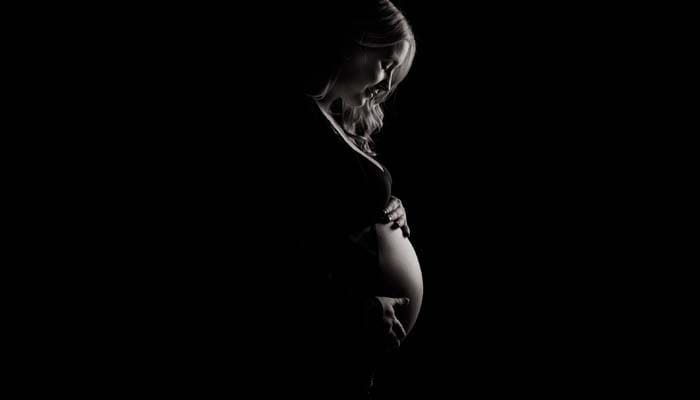It’s the event you have been happily and nervously anticipating for months: Your Baby’s Birth!
Every pregnant mom has wondered how labor will feel, how long it will take and how to know whether its real deal or just a false alarm. Since every birth is different, so it’s hard to predict the answers to all those questions.
What is Labor?
It’s the process of childbirth, which starts with contractions of the uterus and ends with the delivery of the baby. Delivery of the baby can occur in two ways, either vaginally through the birth canal or by a surgical cesarean delivery.
Signs that Labor is happening within a few weeks or days:
Probably every mom who shares her labor experience tells a different story, and no one knows what the causes labor to start or when it will start. There are several hormonal and physical changes may indicate the starting of labor. However, the following information will prepare when your “Labor Day” draws close.
Lightening
Lightening or baby drops is is a sign that your baby is getting into a position to make his exits. It can occur a few weeks, usually two to four weeks or a few hours before labor when baby settles deeper into your pelvis and relieving the pressure on your diaphragm which helps you not to be so short of breath. You will feel like increasing the pressure on your bladder.
Passing of the Mucus Plug
The pregnant woman mucus plug is a protective collection of mucus in the cervical canal. During pregnancy, the cervix secretes a thick, jelly-like fluid to keep the area moist and protected. As the cervix begins to relax and gets thin, this plug is naturally expelled, and many pregnant women think the plug looks solid like a cork, but it is actually stringy mucous. It will be clear, pink or blood-tinged and can appear minute, hours or days before the onset of labor.
Water Breaking
Out of 10 women, only 1 woman experiences a dramatic gush of amniotic fluid. It is actually considered one of the final signs of labor most women experience and it happens in only around 15 percent of birth or fewer. The indications of water breaking might vary because the head of a baby may be acting like a cork when it moves that results in plugging and hence more fluid escapes. Water breaking can be is a sudden gush of water from the mother’s body or feeling a slow leak. Sometimes mothers feel fluid coming out in bursts as they change positions, while some women feel a slight pop.
Effacement and dilation of the cervix
When you are in the last month of your pregnancy, your cervix will begin to stretch and think. It is an indication that the lower portion of the uterus is getting prepared for delivery, as the thinner cervix dilates more easily. Effacements are measured in Percentages basis your practitioner can check for effacement in the final two months of pregnancy.
One sure sign Labor is really happening
Consistent Contractions
Contractions are your body’s way of thinning and dilating the cervix, which can progress your baby forward. It is the strongest labor sign when you start to experience the regular uterine contractions it means that you are in labor. If this happens, it is a perfect time to takeout your mom’s notebook and records the time each contraction begins and the length it is lasting. In these contractions, you can feel like menstrual cramps or like a lower backache that comes and goes. In early labor, they might be as far apart as 20 to 30 minutes.

